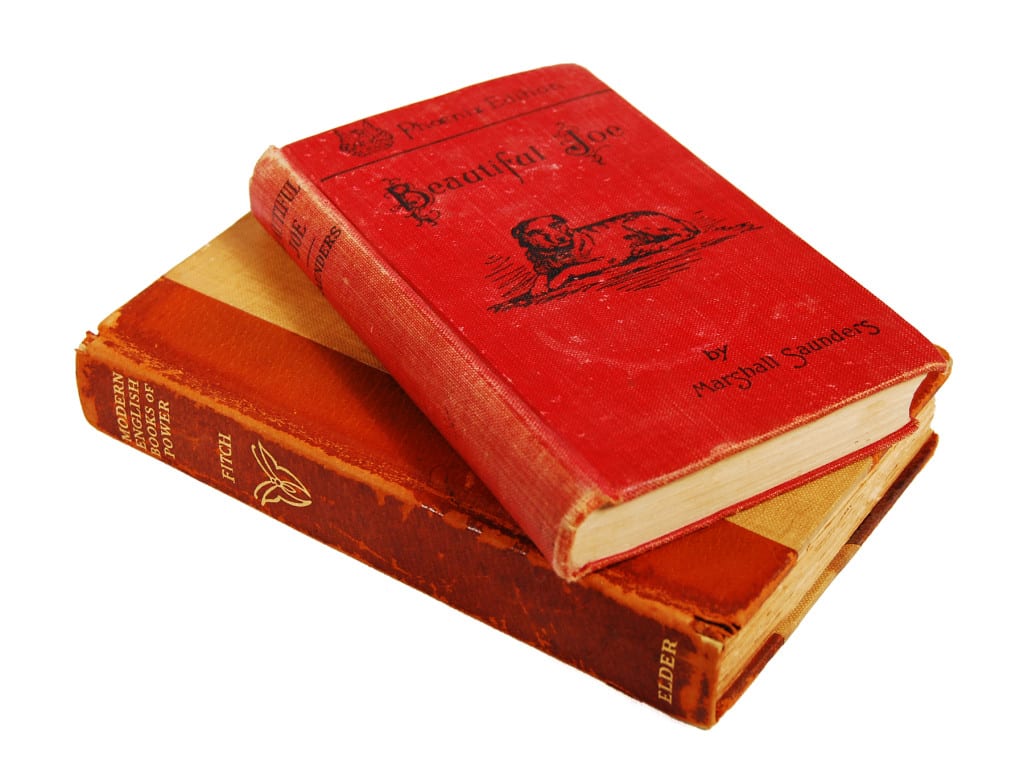Book restorers: The unsung heroes of the literary world
Book restorers: The unsung heroes of the literary world
Book restorers: The unsung heroes of the literary world
-
Hannah
-
Hannah

 Two news stories caught my eye this week. The first was that, according to The Association of American Publishers, ebook sales fell by 10 per cent at the start of this year compared to the preceding year. The second was a story about a Japanese book craftsman who lovingly restores battered old books to be read, and treasured, once more.
Two news stories caught my eye this week. The first was that, according to The Association of American Publishers, ebook sales fell by 10 per cent at the start of this year compared to the preceding year. The second was a story about a Japanese book craftsman who lovingly restores battered old books to be read, and treasured, once more.
An interesting pairing, don’t you think? Digital is on the down, and interest in reusing the old is on the up.
Nobuo Okano has been restoring books for 30 years, and his process is careful and reverent. A video (in Japanese) at http://youtu.be/iSjI-BjrGLo shows how he cleans the glue off the spine, irons dog-eared corners and clips the page edges to remove discoloration, before rebinding in a new leather cover. How time-consuming and difficult the process is, with Nobuo using tweezers to take each page of the big volume in turn, but the end result is worth the toil.
What is striking in this story is the effort gone to in order to save an old book. We’re living in an age where books don’t have to physically exist, but may be read on a screen; where paperbacks are printed cheaply and piles of them are pulped by publishers; where charity shops are full to the rafters with cast-off tomes; where printed books can be purchased so cheaply (see my recent blog post Rehoming the Forgotten Books) that they are no longer the treasured items they once were. For bibliophiles like me, that’s a sad state of affairs, and so it warms my heart to read of book restoration.
Some time ago, I was lucky enough to be invited into the studio of a traditional book binder. It was a delight (the scents! the textures! the myriad materials!), and a real education for me. My colleague took me through her process, from receiving a battered old book, often from a private collection, through painstakingly repairing damage and rebinding it. The attention to detail and the care taken was inspirational. This is an ancient craft, and a beautiful one that has lost recognition and respect in our current world, where when something is imperfect or worn out, many people simply throw it on the rubbish pile and buy a shiny new one.
I think what often gets lost in the relentless pace of ‘advancement’ is emotion. Books matter to people. They have sentimental value. When you have had the same book in your family for many years, there is a reluctance to relinquish it and replace it: like a beloved member of the family, it deserves care. In the Nobuo Okano story, the book in focus is an English–Japanese dictionary that the client has had since his school days and now wants to pass on to his daughter, who is preparing to attend university. English–Japanese dictionaries are, of course, easy to come by, and buying a new copy would have been far less expensive than restoring the old version. But that original book must have held memories of pride, joy and accomplishment that the father hopes his daughter will experience. What an amazing and thoughtful gift!
What do you think of book restoration? Are there books on your shelf you treasure that you’d always want to keep in the best possible condition, and perhaps pass down to your children some day? Do you think restoration should be more commonplace, and the ‘buy it, throw it’ culture should be more challenged? I would love to hear your thoughts.